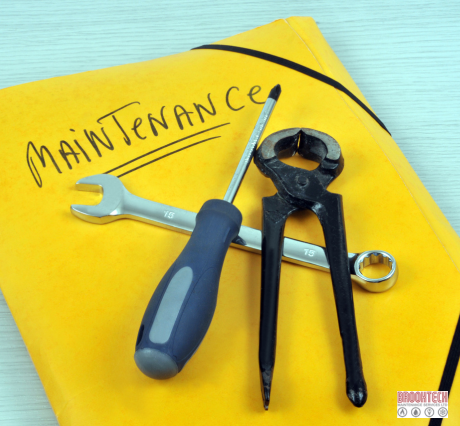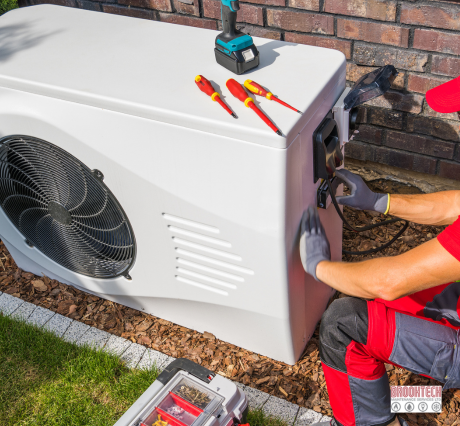From floor to ceiling – the benefits of Underfloor Air Distribution systems
Underfloor Air Distribution (UAD) systems are increasingly receiving attention in the building and construction industry for their energy-saving potential, performance benefits, and reduced installation costs compared with traditional overhead air conditioning set-ups.
Until now, specifiers in the building services sector have typically put forward a ceiling-based HVAC system largely because that is what they’ve always done. Yet not considering low-level services ignores the flexibility of UAD systems and their far tidier aesthetics.
Underfloor Air Distribution in a nutshell
More and more UFAD systems are being specified in office buildings, particularly those that will undergo multiple reconfigurations as flexible workspaces (and associated shorter leases) increasingly become the norm.
A UFAD system is a ‘bottom up’ rather than a ‘top down’ approach to air conditioning and heating. A basic understanding of airflow is all that’s required to see the benefits. The system uses the plenum beneath a raised floor and the structural floor to provide conditioned air that is supplied through diffusers.
As the air mixes with that in the room its buoyancy is increased by heat sources such as people, computers and other electrical equipment. The air is then returned from the room at ceiling level.
Benefits of UFAD systems
• There are several benefits to UFAD systems both to installers and to occupants:
• Diffusers and outlets are positioned near occupants who have control mechanisms meaning they can adjust thermal conditions in their immediate vicinity.
• Indoor air quality is improved by fresh air being supplied nearer to occupants and the floor-to-ceiling air flow raises pollutants up to the extraction system above.
• Lower fan pressures are required to deliver air so cutting energy costs.
• Raised access flooring can accommodate other service supplies such as data and power. This can be accessed and reconfigured more efficiently than at-height services.
• The smaller ceiling plenums required reduce the floor-to-floor height in buildings – making the building smaller (and so cheaper) or allowing for more floors (and so the build more efficient).
• UFAD systems largely concealed below a raised floor are significantly more aesthetically pleased than suspended service gantries at ceiling height.
However, what we also know is that UFAD systems need to be designed and installed properly at every stage of the process. A poorly laid out system or one that is not expertly installed will perform badly – or not at all. That only leads to spiralling costs, miserable workers and a vow never to go below the floor again. And that only prolongs the cycle of businesses failing to realise the significant benefits of opting for UFAD.
Have an M&E installation upcoming? Discuss your requirements with our experts in heating, ventilation, cooling and plumbing.








